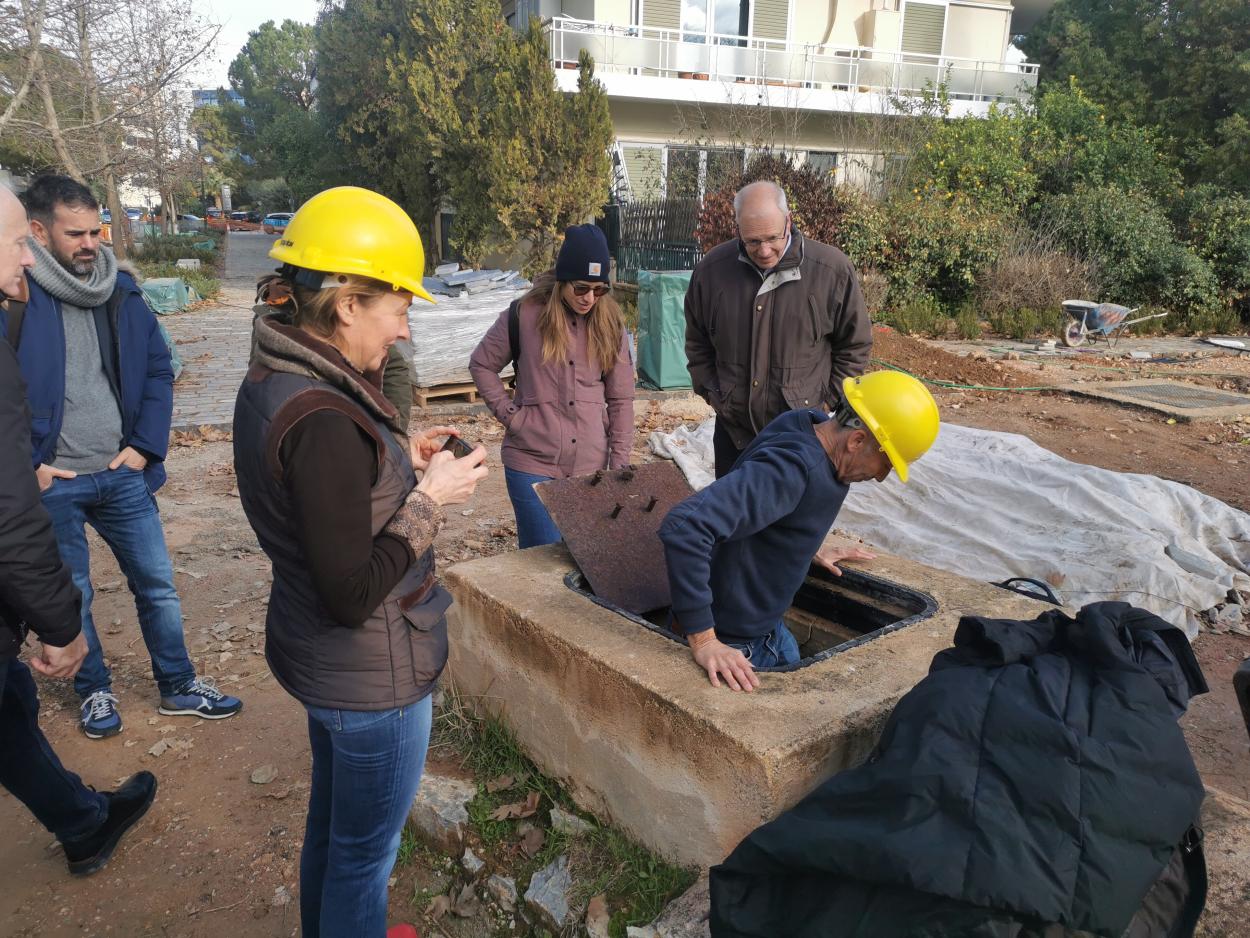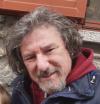During the 16 and 17 of January the city of Chalandri welcomed the teams of the partner Hydro-Heritage Cities of Elche, Roeselare, Rome, Serpa and Sombor. The aim of this first Network gathering has been to expose the involved cities to the results, practices and challenges of implementing the Cultural H.ID.RA.N.T. (CH) project; an UIA funded project that regenerated a 1900 y.o. ancient Roman aqueduct as cultural heritage and natural resource with citizen participation.
During two action-packed days the Network’s partners visited the sites of Hadrian aqueduct’s regeneration works, talked and liaised with Cultural H.ID.RA.N.T.’s partners and local stakeholders, and enjoyed first-hand insights into the experience of unveiling and re-integrating a subterannean cultural heritage and idle water resource into the city’s contemporary life. Such knowledge exchange and cooperation aimed to facilitate and inform each city’s adaptation process according to the specificities, needs and potential of their own hydro-heritage sites and aspirations.

Hydro-Heritage Cities’ partners enjoyed the rare opportunity to visit the underground sedimentation reservoir of Hadrian’s aqueduct.
Day 1: Deep dive into Cultural H.ID.RA.N.T.’s workings
The meeting’s first day aimed to provide a ground knowledge of the technical challenges and endeavors of Cultural H.ID.RA.N.T. Before the scheduled site visits, Chalandri’s deputy mayor of Sports, Information and New Technologies, Mr. Alexis Mavraganis, welcomed the Network’s guest cities. The following site visits to the Hadrian aqueduct and to the green-blue regeneration works focused on the technical solutions, on the combined and coordinated efforts of CH’s partners and on the participatory processes of designing the urban regeneration plans. Hence, the Network’s five cities, who share an interest on revitalizing their own hydro-heritage sites, met and discussed with representatives from: the Athens – Piraeus Public Water Company (EYDAP), the Papayannis and Associates architectural firm, the Commonspace (Urban Design) Cooperative and the East Attica Ephorate of Antiquities. They enjoyed the opportunity for an active and in-situ exchange about the complexities, obstacles, solutions and knowledge gathered in four years of implementing an integrated cross-sectoral approach to Hadrian aqueduct’s transformation into an innovative nature-based water and green-blue infrastructure.

Workshop between Cultural HIDRANT's and Hydro-Heritage Cities' partners on the 2nd day of the meeting.
Day 2: Sharing Cultural H.ID.RA.N.T.’s community participation practices
On the second day the meetings focus shifted to the intangible, cultural and participatory aspects of the UIA project. The latter’s partner from Med-INA (the Mediterranean Institute for Nature and Anthopos) and a member of Chalandri’s Oral History Group explained the processes of documenting the large and the local history of the Hadrian aqueduct respectively, and of co-creating a local history digital archive and the citizens group which has taken over its management. Members of the Commonspace cooperative shared the experience of participatory design workshops with Chalandri’s school communities, which emerged as key actors for the project’s success, while the non-profit Urban-Dig ‘Ohi Paizoume’ spoke on the challenge of using art and culture to build a community around the Hadrian aqueduct as well as on co-organising three issues of the HIDRANT festival. The process, which culminated in the foundation of Chalandri’s (Citizens) Hadrian Community and the cooperative model of water distribution from the Hadrian aqueduct was also presented, followed by the monitoring and evaluation process during the implementation of Cultural H.ID.RA.N.T. as this exercised by the Regional Development Institute of Panteion University.
Through this rich schedule the five partner cities had got the opportunity to acquire a global understanding of Cultural H.ID.RA.N.T., while the meeting provided a good opportunity for the latter’s consortium to reflect on their collective efforts, shortcomings and results. In this sense, the Network’s first meeting, and especially the slots on developing Hydro-Heritage Cities’ transfer roadmap, has been extremely beneficial for Chalandri city too.


